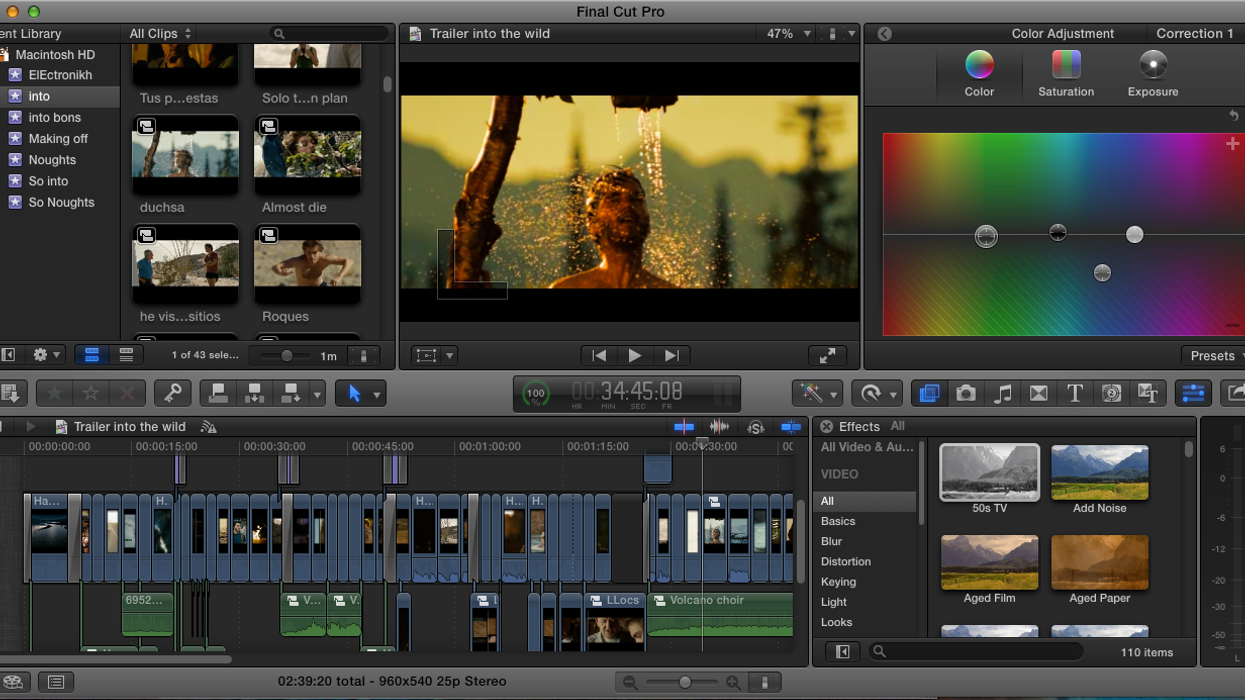6 Effects Final Cut Pro X Users Can Use in Their Daily Workflow
If you're a Final Cut Pro X user, chances are you use these effects constantly.

When you open up video editing software for the first time, all of the buttons, levels, and options can be pretty overwhelming—so much so that it's easy to carve out a cozy little space within an NLE and only utilize a couple of basic tools that allow you to cut clips and do star wipes. However, branching out, even just a smidge, doesn't have to be an ordeal. In fact, learning how to use these 6 Final Cut Pro X effects will help you extend your technical reach as a novice editor and make your projects more dynamic.
This video comes from Caleb Pike of DSLR Video Shooter.
Because Pike recorded this video before the big FCPX 10.3 redesign came out a couple of weeks ago, he's using an older version of the software. However, the tools he uses are still relevant regardless of whether you have the update or not. Here are the 6 effects and filters Pike says he uses daily:
- Color Corrector
- Sharpen
- Compressor
- Equalizer (Channel EQ)
- Limiter
- Custom Generator
Though understanding what each of these tools do is important and can help your editorial work in a big way, I think the big takeaway here is more about what kinds of tools all of these are—you've got a couple of video effects that help you alter and grade your image, three audio effects that help fix sound issues, and one generator that can serve you in a number of ways, including creating graphic overlays like a lower third.
So, what kinds of tools are these? All different ones: video, audio, graphics. As a beginner, perhaps your goal isn't to be a master of one specific thing, but instead become versatile enough to at least do a little bit with a lot of different things within your NLE. This is especially helpful if you're making films with your friends and need to wear many different hats during production.
Of course, as you progress in your editing career you might want to train your focus on one area of editing, but until that day comes, the 6 effects Pike explains in his video are a great place to start getting more comfortable with Final Cut Pro X, or whichever NLE you use.
Source: DSLR Video Shooter











